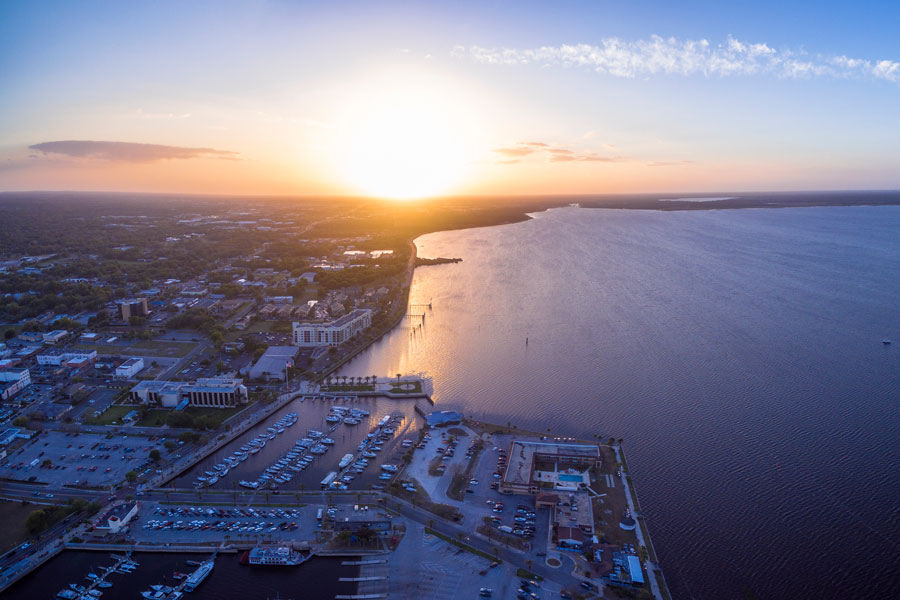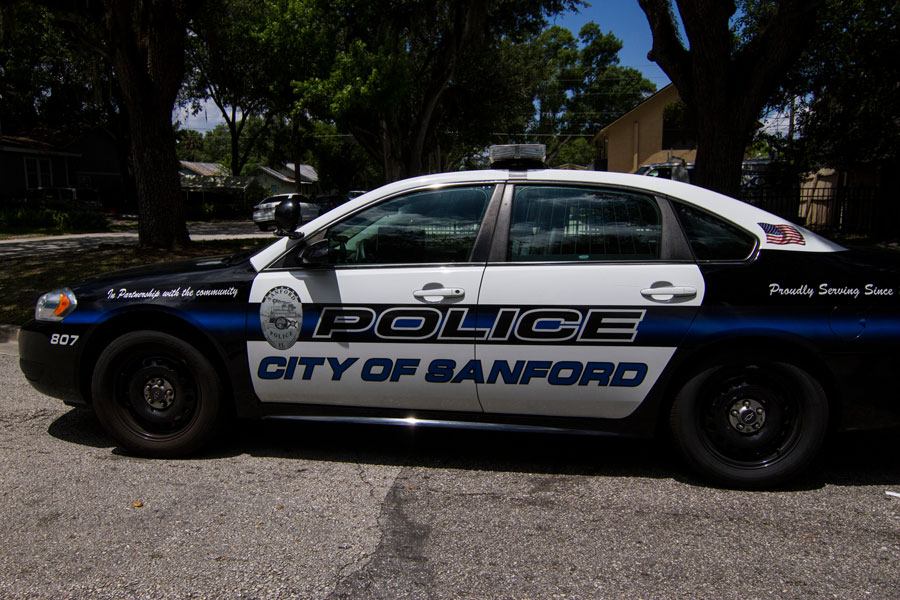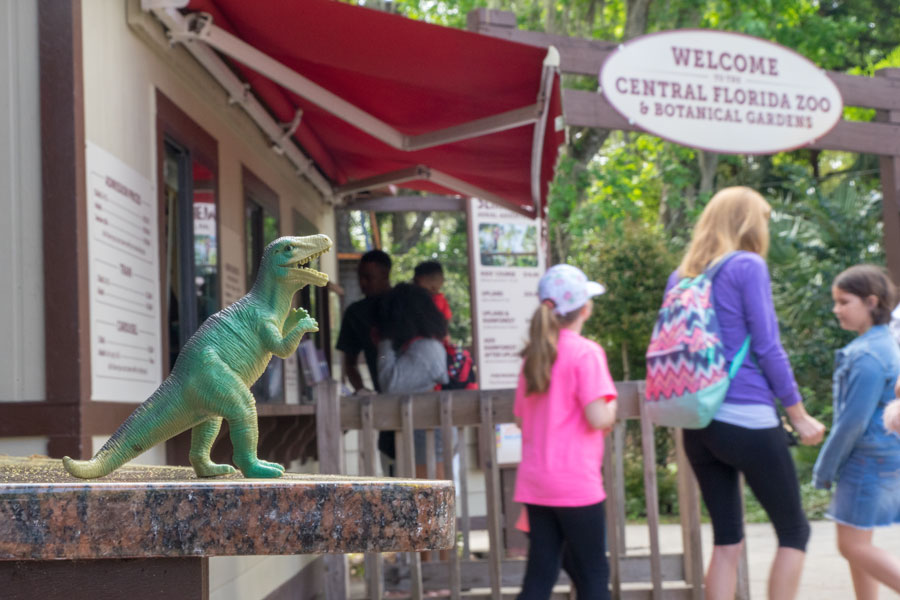Sanford, Florida
Sanford is a historic city on the south shore of Lake Monroe from where one can navigate down the St. Johns River. It developed in an interesting way and today its past is carefully preserved in the two historic districts of the city.

About The Community
During the Seminole Wars of the 1830s, the U.S. Army had a post here called Fort Mellon. At the end of the wars settlers moved into the area, establishing the town of Mellonville. The town grew with advent of commercial steamboat service and was an important distribution point for the Central Florida region. Mellonville became the county seat of the newly created Orange County in 1845.

In 1870, Henry Shelton Sanford, seeing the strategic importance and potential of the area, purchased land west of Mellonville. He planned a new city, which he hoped would grow to be the Gate City of South Florida. It was incorporated in 1877 as the city of Sanford and in 1883 Mellonville was annexed as a part of it. The area boomed with the arrival of South Florida Railroad, which had a terminus in Sanford. By 1884, Sanford was a prosperous town with wharves, a railroad station and a large hotel.
Important Links (Suggest / Report)
Henry Sanford was responsible for the establishment of Belair, a citrus grove and experimental garden near Sanford. More than 140 varieties of citrus, including the Valencia orange, were tested here for adaptability to the Florida climate. Unfortunately, the severe frost during winter of 18945-5 destroyed the citrus crop. Many people moved out, but by the early 1900s, Sanford was one of the largest vegetable shipping centers in the country, and called “Celery City” for its most successful crop.

In 1913, Sanford became the county seat of the new Seminole County. The Sanford U.S. Naval Air Station flourished here from 1942 to 1968, attracting many new residents and providing employment other than agriculture. Today the old station is Sanford’s International Airport. Today 46,000 people live in Sanford in diverse professions. Their medical needs are looked after by the Central Florida Regional Hospital.
Vicinity of Sanford
Additional Details
The Sanford Museum built as a memorial to Henry Sanford illustrates the history of the City and the life and times of its founder. The museum houses his library, manuscripts and the family’s collection of 19th century art. The Bettye D. Smith Cultural Arts Center is a historic pre-1925 building, restored to its original 1920’s architectural splendor and now used for art shows, social gatherings and business meetings. Sanford has two historic districts listed on the National Register of Historic Places. The commercial district, with 26 buildings, was listed in 1976 and the residential district, with 434 houses, was listed in 1989.

Do not forget to visit the Historic Sanford Memorial Stadium with its lively atmosphere that the family can enjoy. It was built in 1951 and is now refurbished to meet the high standards of professional sport. Sanford boasts of numerous parks in its many neighborhoods. Memorial Park overlooking Lake Monroe is beautifully landscaped and has facilities for fishing from the Seawall.

